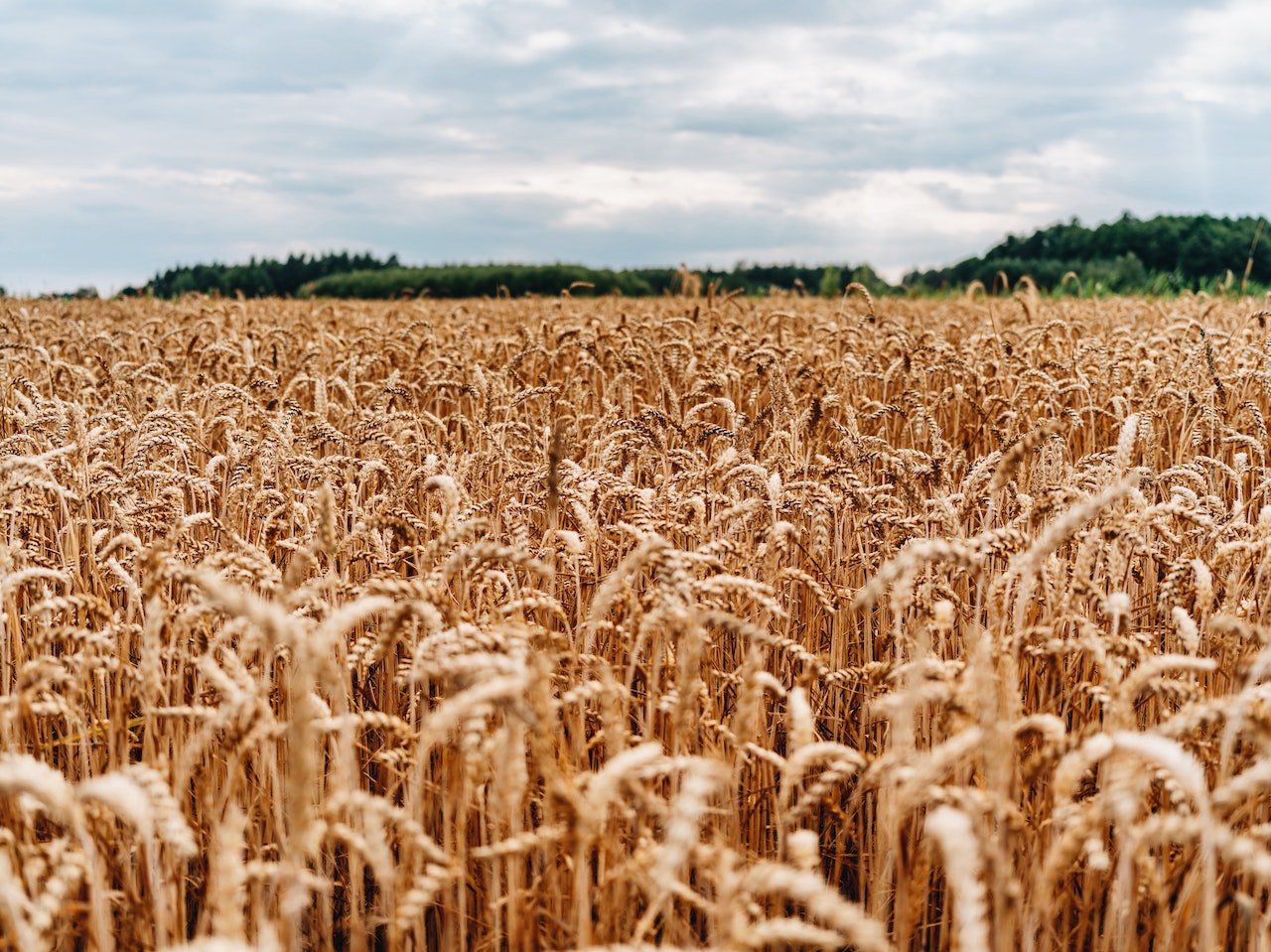

Protect Your Investment: How to Calibrate a Grain Moisture Metre

When it comes to protecting your harvest during storage, the importance of a grain moisture analyzer can't be overstated. Grain moisture analyzers help to ensure that your grain moisture levels stay optimal and protect them from damage, as grain that is too wet can promote mould growth, while grain that is too dry can lose value due to shrinkage. However, there are a few things you’ll need to know about grain moisture monitoring to ensure you achieve the greatest success with your grain moisture analyzer.
At Avonlea Farm Sales Ltd, we understand the unique needs of farmers and are dedicated to providing you with high-quality farming equipment that makes your life easier. We know that proper storage of grain is essential to protecting your harvest. Grain moisture analyzers are just one of the tools you’ll want to consider to ensure the quality of your grain is maintained. In this post, we offer some helpful tips for using your analyzer and offer insight into what else can be done to improve your grain storage setup.
For more information on why grain moisture levels are important, see our post, Why Grain Moisture Matters and How Proper Storage Can Protect Grain.
How to Calibrate Grain Moisture Meter for Best Results
When it comes to using a grain moisture analyzer effectively, having a properly calibrated machine is essential. A poorly calibrated machine can significantly impact your grain moisture levels and can be a costly mistake. Thankfully, the process of calibrating a grain moisture meter is relatively straightforward.
Most grain moisture analyzers and meters will have a built-in calibration process. Use this as your first step towards ensuring your machine is working properly. As meters can vary, always follow the directions outlined by your meter manufacturer. You may wish to use a second machine to verify readings and accuracy. Specialized testing tools are also available to help you be certain that your grain analyzer is calibrated properly.
How Often Should a Grain Moisture Meter Be Calibrated?
A grain moisture analyzer should be calibrated at least once a year to ensure that it is operating effectively. However, there may be circumstances where more frequent calibration is a good idea. Always refer to the manufacturer's directions and consider any unique circumstances related to your farm that might make more frequent calibration a good idea.
How Else Can I Protect My Grain During Storage?
Grain analysis is an important part of protecting your grain during storage though it is not the only thing that matters. Proper storage is essential to protecting grain from the elements and can make a tremendous difference in ensuring your grain quality is optimal. Grain hopper bins and grain baggers are both good solutions for grain storage though knowing which is best for your farm will depend on your operating needs.
For support with finding the best farming equipment for grain storage and analysis, contact the experts at Avonlea. We look forward to making your life easier while improving your productivity. See our post, How Long Can Grain Be Stored, for more information on grain storage options.






